7 Soothing Postpartum Workouts for Busy Moms
Did you know that even just a few minutes of mindful movement a day can boost your energy, improve your mood, and support your postpartum healing journey? These workouts are designed specifically for busy moms like you — safe, effective, and easy to fit into your hectic schedule. Let’s explore seven soothing exercises that help you regain strength, restore balance, and find calm amidst the chaos.
1. Diaphragmatic Breathing for Core Activation
Breath is the foundation of all movement, and diaphragmatic breathing is especially powerful during postpartum recovery. This exercise activates your deep core muscles, including the transverse abdominis, which is vital for supporting your spine and pelvic floor. Plus, it calms your nervous system — much needed during those overwhelming moments with a newborn.To practice diaphragmatic breathing, find a comfortable seated or lying position. Place one hand on your chest and the other on your belly. Inhale deeply through your nose, feeling your belly rise as your diaphragm expands. Exhale slowly through your mouth, gently pulling your belly inward without forcing it. Focus on a slow, controlled rhythm, breathing in a way that feels natural.Even just five minutes of this breathing daily can reduce tension and strengthen your core muscles subtly but effectively. The best part? You can do it anytime — while nursing, rocking your baby, or during a quiet moment alone.

2. Pelvic Floor Engagement (Kegels) on the Go
Your pelvic floor muscles undergo significant strain during pregnancy and delivery. Strengthening these muscles postpartum is crucial for preventing issues like incontinence and for supporting overall core stability. Kegel exercises are well-known for this, but pairing them with mindful breathing makes them even more effective.To do pelvic floor engagement exercises, imagine gently lifting the muscles you would use to stop the flow of urine. Avoid clenching your glutes or holding your breath. Instead, inhale to prepare, and as you exhale, slowly contract these muscles for about five seconds, then relax on the inhale. Repeat 10 to 15 times.The beauty of Kegels is you can do them anytime — sitting in traffic, at your desk, or while feeding your baby. Consistent practice strengthens your pelvic floor without requiring extra time in your day, making it perfect for busy moms.

3. Seated Cat-Cow Stretch to Relieve Back Tension
Nursing, carrying, and constantly bending over your little one can leave your back stiff and sore. The seated Cat-Cow stretch is an excellent way to ease that tension while gently mobilizing your spine and engaging your core muscles.Sit comfortably on a chair or cross-legged on the floor. On an inhale, arch your back and lift your chest while gazing slightly upward (Cow position). On an exhale, round your spine, tuck your chin toward your chest, and pull your belly in gently (Cat position). Flow between these two positions slowly for 8 to 10 breaths.This stretch not only promotes spinal flexibility but also improves posture, which is essential for reducing aches related to the repetitive movements of motherhood. Plus, it’s easy to do during a quick break or even while your baby naps nearby.
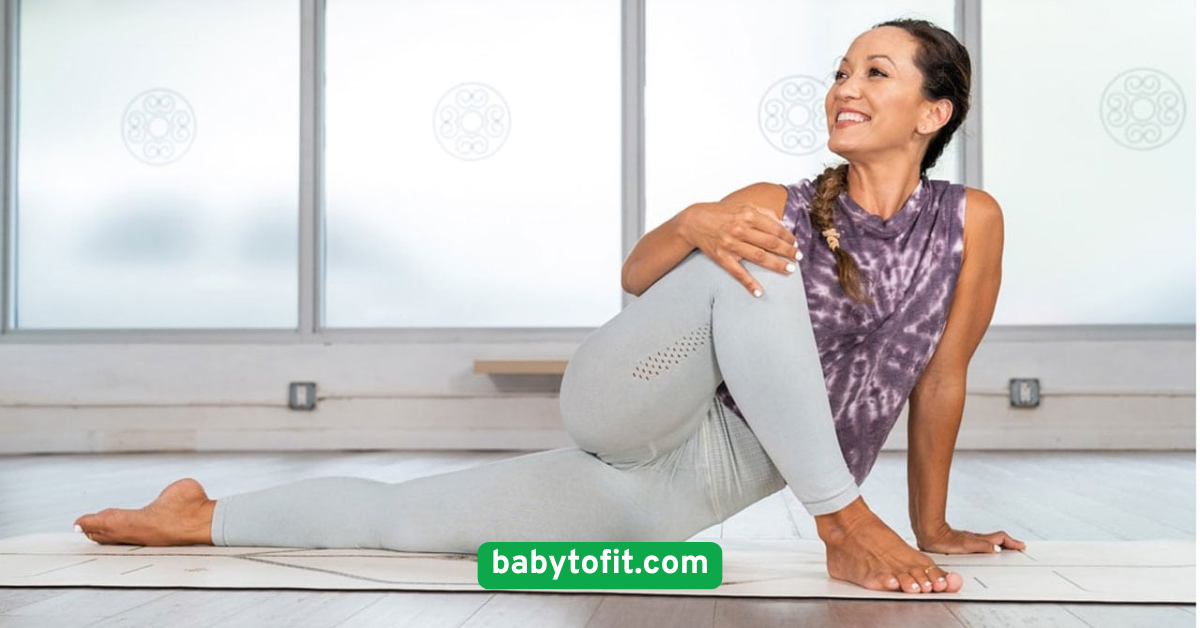
4. Glute Bridges for Lower Body Strength
Strong glutes support your pelvis, lower back, and core — areas that often weaken during pregnancy and postpartum. Glute bridges are a soothing, low-impact way to rebuild this strength without putting undue pressure on your healing body.Lie on your back with knees bent and feet flat on the floor, hip-width apart. As you exhale, press through your heels to lift your hips toward the ceiling. Squeeze your glutes at the top and hold for a few seconds. Inhale as you lower your hips slowly back down. Aim for 10 to 12 controlled repetitions.This exercise improves pelvic stability and posture, helping prevent lower back pain. You can even involve your baby by placing them gently on your belly for extra motivation and a bonding moment.
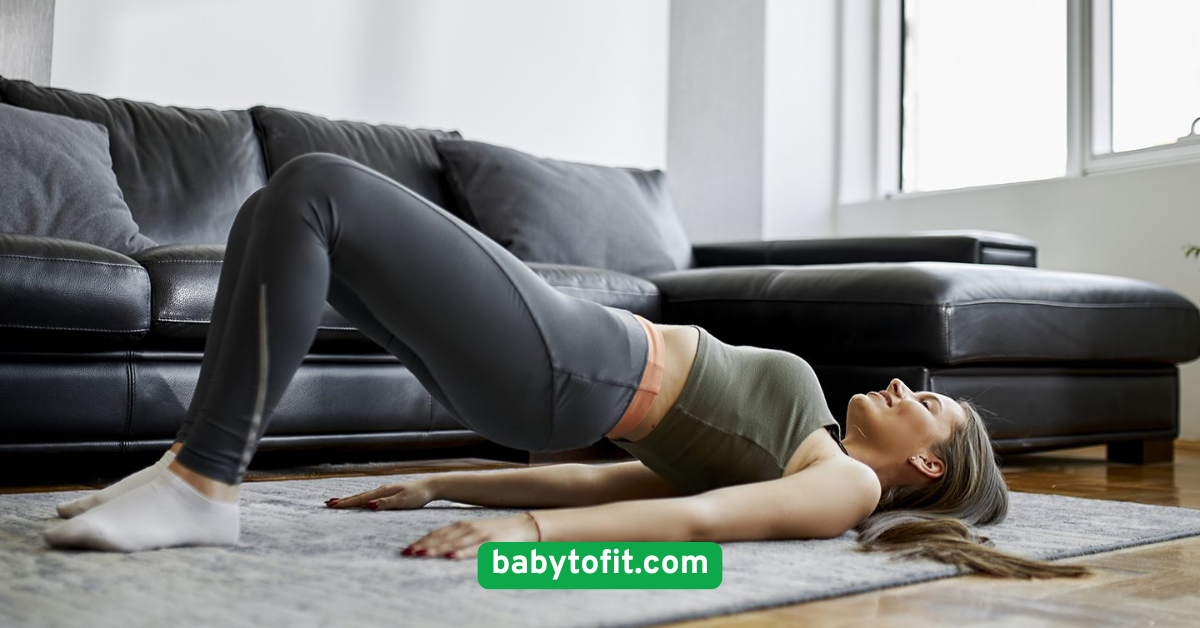
5. Heel Slides to Reconnect with Abdominal Muscles
Heel slides are an effective way to gently engage your deep abdominal muscles, especially helpful if you’re recovering from diastasis recti (abdominal separation) or a C-section. This exercise helps restore core control without straining your healing tissues.Lie on your back with knees bent and feet flat. Slowly slide one heel along the floor, straightening your leg while keeping your core lightly engaged and pelvis stable. Slide the heel back to the starting position and switch legs. Perform 8 to 10 repetitions per side.Keep your movements controlled and avoid arching your back. Heel slides are subtle but crucial for rebuilding strength safely, giving you the confidence to progress to more active workouts later.
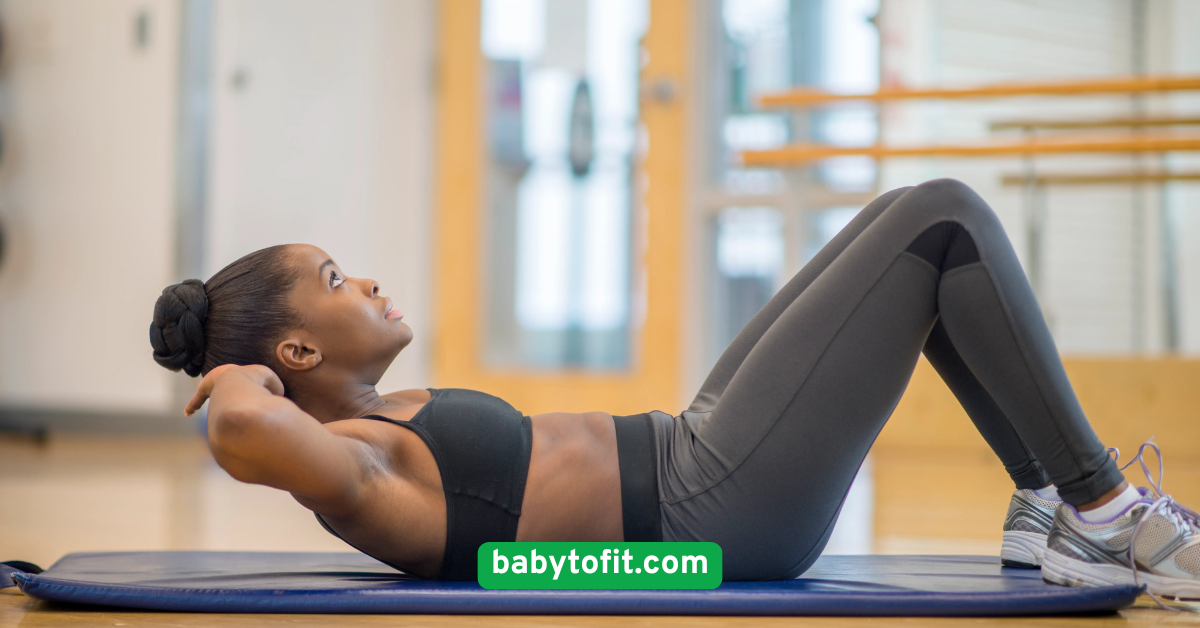
6. Wall Push-Ups for Upper Body and Core Support
Upper body strength often gets neglected postpartum, yet it’s essential for all the lifting and carrying you do. Wall push-ups offer a gentle way to rebuild strength in your arms, shoulders, chest, and core without the strain of traditional push-ups on the floor.Stand facing a wall, feet hip-width apart, and place your hands shoulder-height on the wall. Inhale as you bend your elbows, lowering your chest toward the wall. Exhale to push back to the starting position. Keep your core engaged and spine neutral throughout.Start with 8 to 12 repetitions. Wall push-ups are convenient—you can sneak in a few sets while cooking, waiting for laundry, or during playtime with your baby.
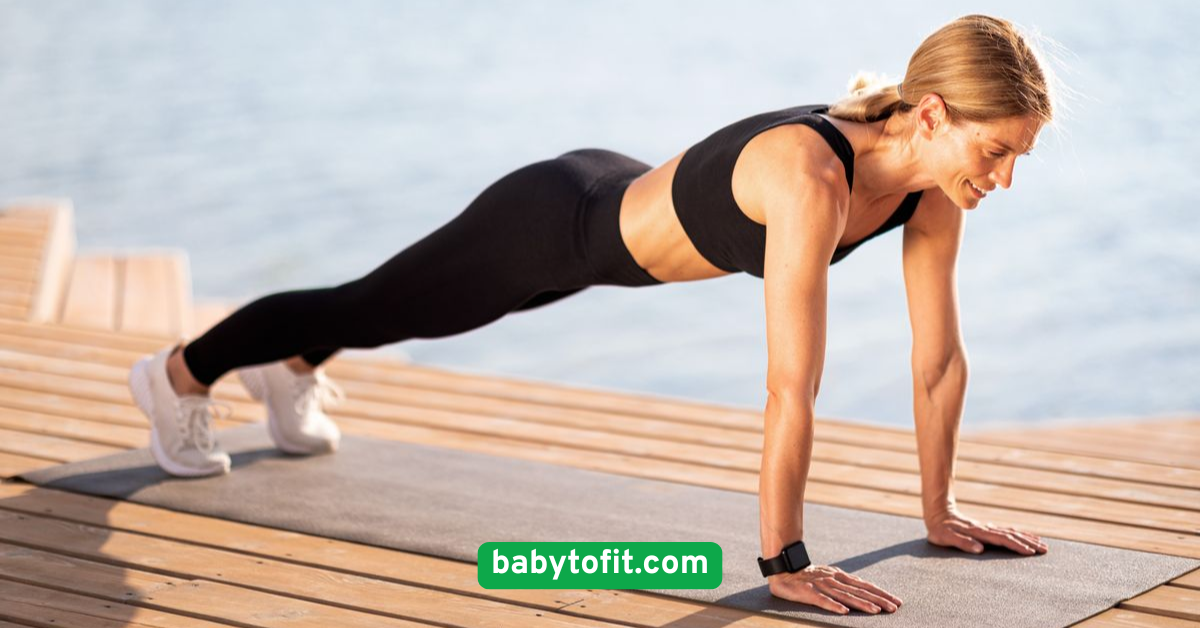
7. Child’s Pose with Side Breathing for Relaxation
Child’s pose is a restorative yoga posture that stretches your hips, thighs, and lower back while offering a moment of calm. Pairing it with deep side breathing enhances relaxation and helps release tension in your torso.Begin by kneeling on the floor and sitting back on your heels. Extend your arms forward and lower your forehead to the mat or a pillow. Take slow, deep breaths, focusing on expanding your ribs and sides with each inhale.Hold this pose for 1 to 3 minutes. It’s a perfect practice to pause and reset your body and mind during a hectic day. The gentle stretch relieves tightness, and mindful breathing nurtures emotional well-being.
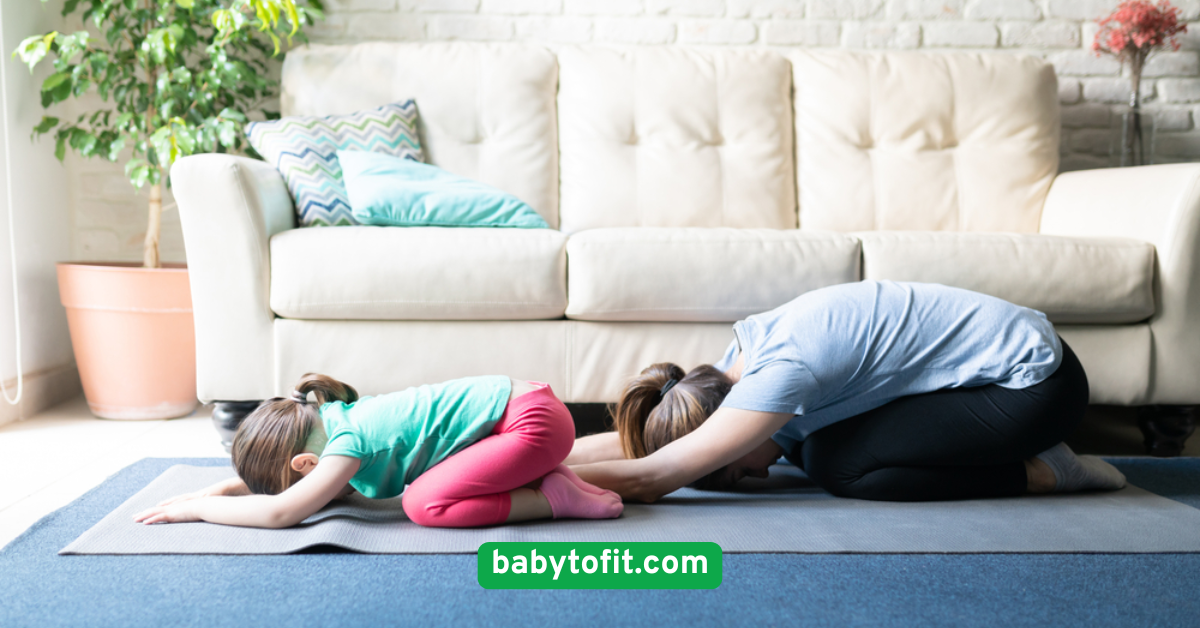
Conclusion
Remember, dear mom—you’re doing an incredible job navigating this new chapter. These 7 soothing postpartum workouts are designed to fit your busy lifestyle while helping you gently regain strength and find balance. Healing is not a sprint; it’s a steady, loving journey.
Even a few minutes of mindful movement daily can support your core recovery, ease tension, and boost your mood. Listen to your body, honor its pace, and celebrate every small victory along the way. Prioritize these gentle exercises as acts of self-care—they’re not just workouts but moments of connection with your incredible postpartum self.
You’ve got this, mama! One soothing workout at a time.





